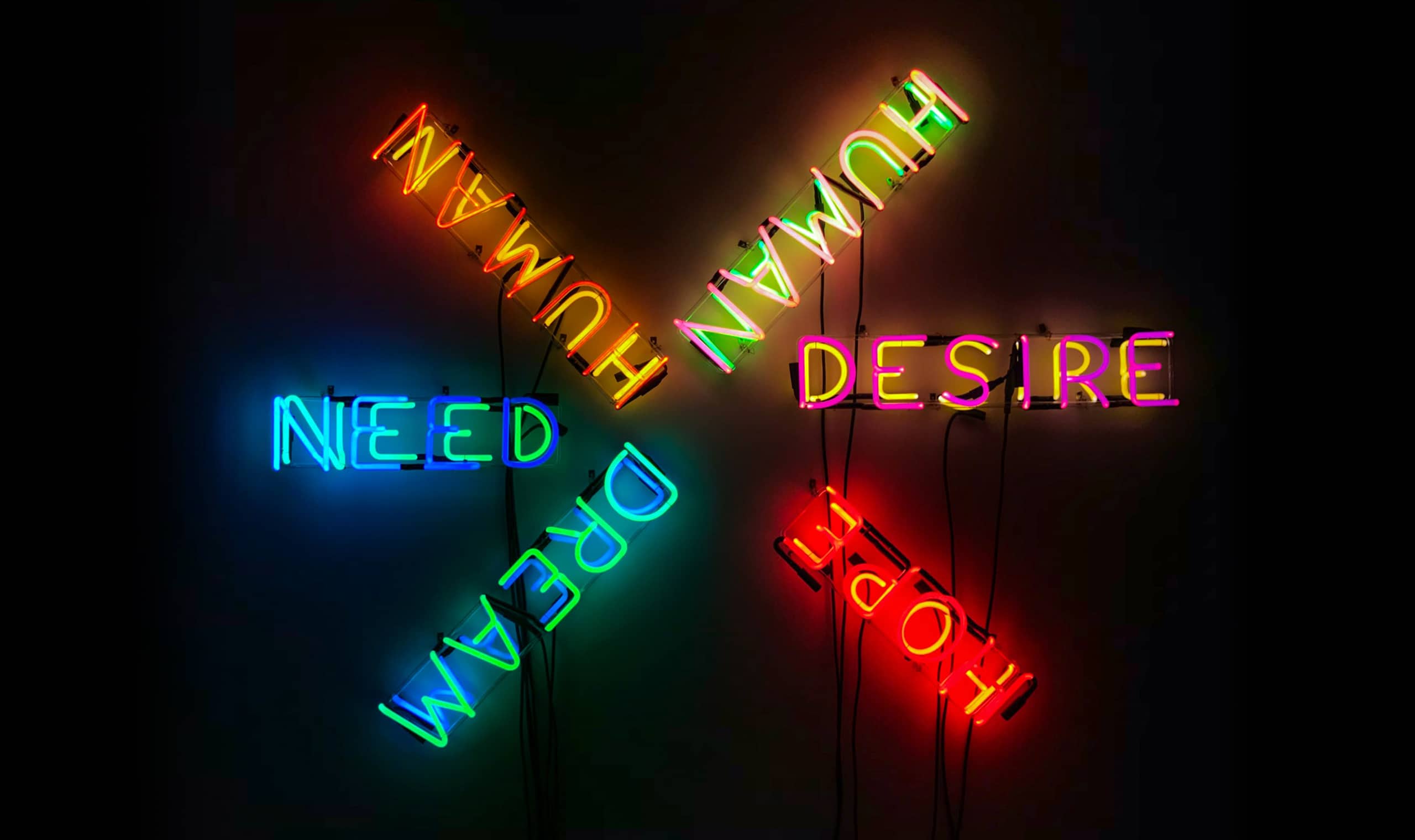Humans are not rational creatures. We’re a bedraggled mess of emotions.
We may like to think that we are all guided by higher reasoning and thoughtful deliberation, but it’s just not true. Humans make emotional decisions first and then rationalize why we made them, often without realizing what we’re doing.
There’s no such thing as pre-rationalizing. That’s not a matter of advertising lore, it’s neurology.
Our brains are hard-wired to react, then reason, and to feel, then think. Understanding this as brands approach their creative marketing can be transformational and drive powerful business impact.
As Robert Heath, Professor of Advertising Theory at the University of Bath said, “Successful brand-building advertising is 99% subconscious seduction, 1% conscious persuasion.”
Here are five reasons to get emotional with your creative.
1. It’s biology.
People need to feel something to do something. How people feel after seeing a brand communication is highly predictive of in-market effectiveness. In fact, behavioral agency System1 has developed a method of measuring the emotional strength of ads and combined it with an incredibly reliable predictor of long-term impact and growth.
2. It’s memorable.
Memory is basically a combination of repetition and emotion. The more emotionally charged the experience, the less repetition needed to remember it. For example, the birth of child, marriage, or winning a coveted award are moments that may happen only once but never fade from our minds.
The BBC recently conducted a study of the role of long-form content and found that 70% of long-term memory encoding peaks are associated with spikes of emotional intensity. We can now tear up those old media adages of repetition driving brand awareness and push our teams to consider doing more with less. Use emotional storytelling, not slick production, to amplify the effects of your message.
3. It’s versatile.
Research company Motista identified over 300 emotional motivators, so let’s not limit ourselves to the banality of only humor or only tears as emotions to inspire action. What is the right emotion for your story? Don’t always look to the easiest emotion to create, because it’s often the easiest emotion to forget.
And it matters. The same BBC study estimated that a fully connected, emotionally engaged customer is worth 52% more than a customer who is already highly satisfied.
4. It’s proven.
Binet & Field, masters of the Rosetta stone of marketing (see John’s other article), have used 700+ case studies of the most awarded marketing campaigns, and they found an astonishing truth across all of them regardless of B2C or B2B categories: Emotion works.
It’s true that short-term campaigns driven by rational activations outperform short-term metrics. BUT they don’t achieve long-term growth. Real business growth comes from long-term planning — and from brand-led campaigns that use the power of emotion to forge lasting results.
5. It can make you remarkable.
Ask anyone what their favorite ad is, and they will have an instant answer. Your parent, neighbor, the random person next to you on the plane. Everybody has an opinion on advertising, and everybody is proud to tell you what they love. And think about it: To be remarkable, noticed, talked about, the common unifying theme is always the same — emotion.
So now you know that it’s OK to get emotional with your creative. In fact, it’s more than OK. It’s imperative to your future success.
Photo by Stephen Valentin on Unsplash


